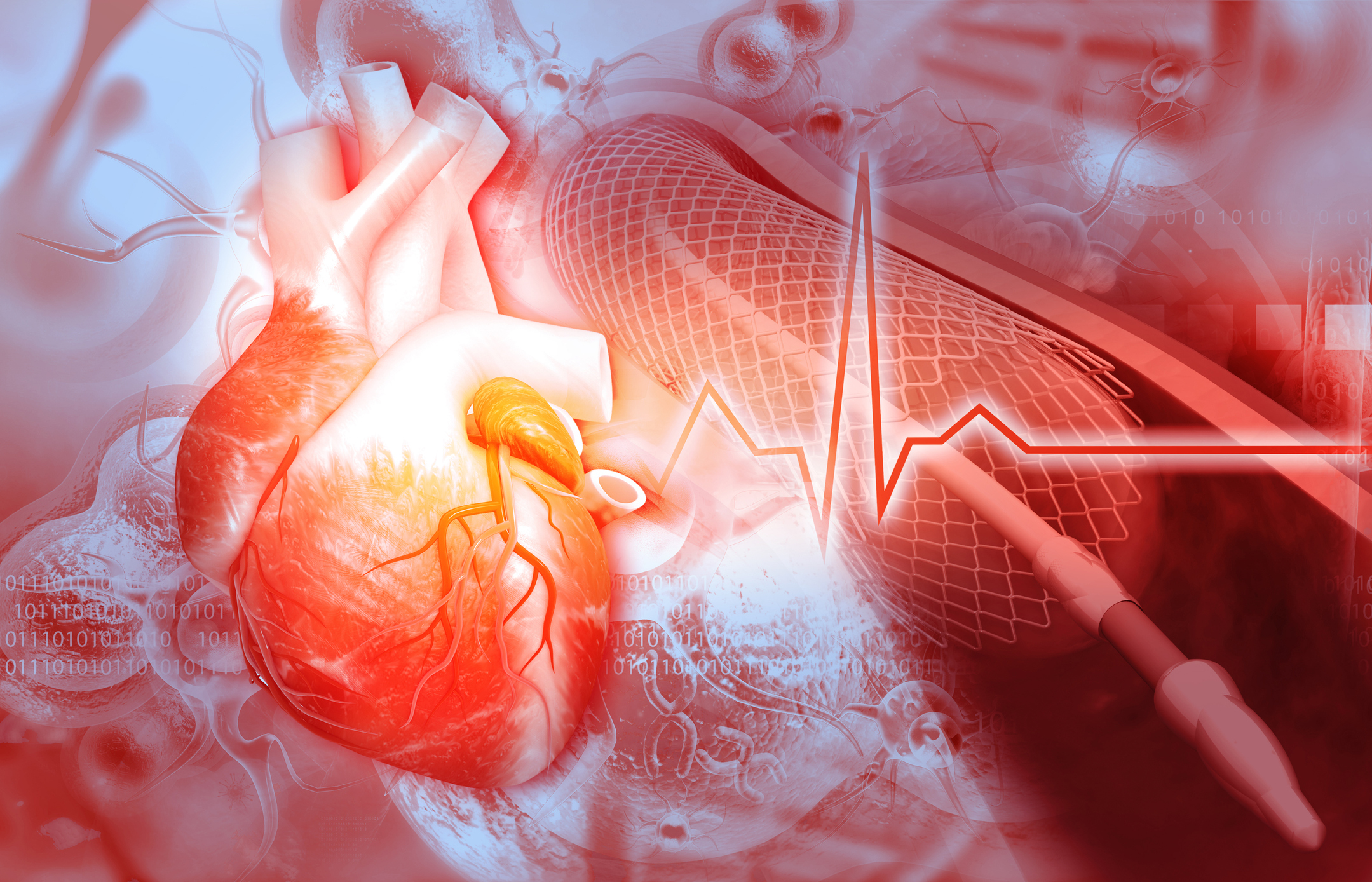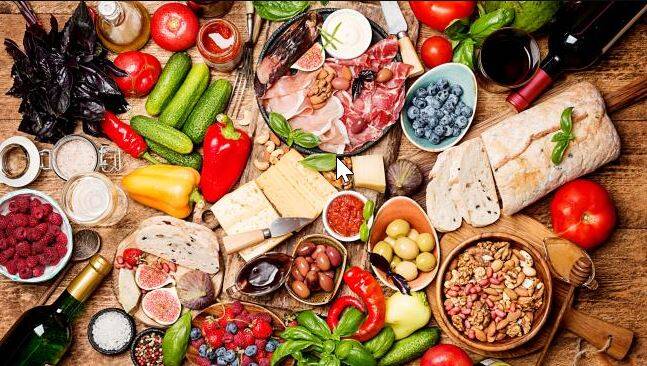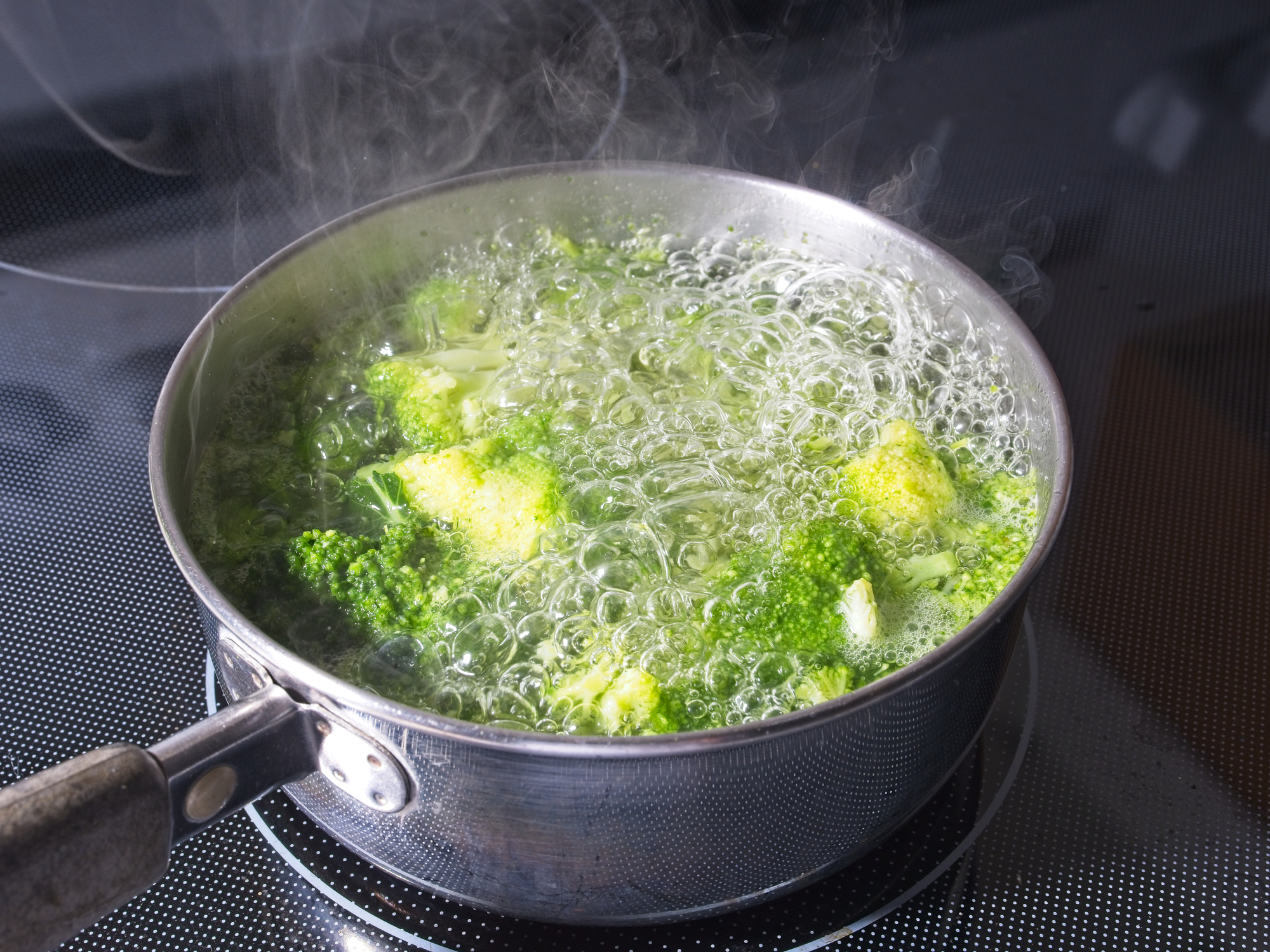Fruits and vegetables can reduce the risk of cardiovascular death by 28%, according to a study: 'Avoid peeling and reduce soaking when cooking'

The Spanish Society of Atherosclerosis (SEA) reported that regular fruit and vegetable consumption can reduce the risk of death from cardiovascular disease (CVD) by 28%, according to the results of a recently presented meta-analysis. The analysis was based on data collected from 22 prospective studies.
Cardiovascular benefits associated with the consumption of fruits and vegetables The SEA document details that the nutrients present in fruits and vegetables exert beneficial effects on cardiometabolic risk factors, with special emphasis on blood pressure.
Specifically, it is indicated that consuming 200 grams of fruit per day reduces the risk of developing high blood pressure by 8%.

It can reduce the risk of death from cardiovascular disease by up to 28%. Photo: iStock
Increasing daily fruit and vegetable intake from 2 to 5 servings is associated with a 12% reduction in the risk of death from CVD and a 13% reduction in total mortality.
In addition, they noted that an increase of 100 grams per day in fruit consumption was linked to a reduction in CVD risk of between 8% and 13%, proportionally.
Key nutritional composition for health Fruits, vegetables, and tubers share common characteristics that make them especially suitable for cardiovascular prevention. Their properties include:
- High water content (around 80% of its weight).
- Low caloric intake.
- Presence of vitamins A, B, C and E, folic acid, minerals and phenolic compounds.
- High amount of fiber, which contributes to cardiometabolic benefits.
- Reduced sodium content, which helps prevent aging-related diseases, including CVD.
- Presence of complex carbohydrates beneficial for cardiovascular health.

Eating healthy has important benefits for heart health. Photo: iStock
The SEA warns that the cooking process can reduce the nutritional value of these foods due to the loss of water-soluble vitamins (such as those in groups B and C), minerals, and phenolic compounds.
These can dissolve in the cooking water or degrade due to the effect of heat, especially during prolonged frying.
To maximize your benefits, it is recommended:
- Eat raw fruits and vegetables whenever possible, for example, in salads, gazpacho, or salmorejo.
- Do not peel fruits or vegetables unless necessary to preserve their fiber content.
- Cut into large pieces and avoid prolonged soaking or excessive boiling.
- Opt for steaming instead of boiling or frying.
- Avoid frequent reheating and frying at high temperatures.
- Prefer to consume whole fruit rather than juice, due to the loss of fiber in juices.

Opt for steaming instead of boiling or frying. Don't leave it too long. Photo: iStock
The SEA concludes that a diet rich in fruits and vegetables, accompanied by appropriate preparation methods, is a fundamental tool for preventing cardiovascular disease and promoting healthy aging.
More news in EL TIEMPO *This content was rewritten with the assistance of artificial intelligence, based on information from Europa Press, and reviewed by the journalist and an editor.
eltiempo





